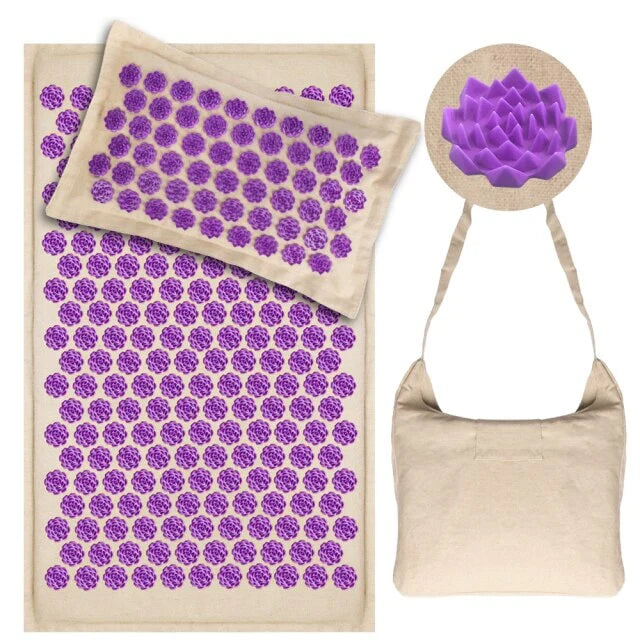Digitopuncture is a form of manual pressure applied to certain places on the body to cure a variety of ailments. It is derived from traditional Chinese medicine. Its true effectiveness and the absence of the placebo effect have not yet been proven in scientific investigations.
What is digitopuncture?

Acupuncture and digitopuncture are quite similar. It tries to balance the flows of energy or life force (qi or chi) that are believed to flow through the body's pathways, also known as meridians, and is based on traditional Chinese medicine, just as acupuncture.
However, digitopuncture uses pressure from the fingers, elbows, feet, or even accessories like balls, as opposed to acupuncture, which uses needles to target particular pressure points on these meridians. Another name for it is acupressure.
Practitioners of digitopuncture or acupuncture in Western nations describe the targeted pressure points as locations to stimulate nerves, muscles, or connective tissue. Some people think that this stimulation boosts blood flow or the body's natural generation of painkillers.
The benefits of digitopuncture

There are many research that try to support its usage for a range of illnesses, however the majority of these studies cannot conclusively show that there is no placebo effect.
Sleep and insomnia
It is unclear how digitopuncture affects sleep and insomnia, however it appears that three to four acupressure treatments each week for three to four weeks increases patients' ability to fall asleep faster and sleep longer without any negative side effects.
Pain
Even though there is little data on acupressure and menstrual cramps, it seems to be more helpful than a placebo at relieving cramps. Acupressure may also help with headaches, post-operative pain, and lower back discomfort, according to preliminary studies.
Recognizing pressure points

There are descriptions of thousands of acupuncture locations on the body. Three of these are frequently employed by acupressure specialists:
- The fleshy area between the thumb and index finger;
- The fleshy area between the thumb of the foot and the second toe;
- An area above the ankle bone towards the inside of the leg, where the lower calf muscle is anchored.
You might be able to get some relief from minor nausea, especially morning sickness, by using your middle and index fingers to press firmly on the groove between the two major tendons on the inside of your wrist, just at the base of your palm.
How does a digitopuncture session work?

The patient lies on a massage table completely dressed during an acupressure session. The acupressure points on the body are then gently pressed by the practitioner. A session typically lasts about an hour, and it normally takes multiple sessions.
Contraindications
It is possible to do digitopuncture using the fingers, elbow, foot, or, when necessary, other tools such balls or rollers. As a result, there is no chance of spreading an illness using this method (unlike acupuncture, which uses needles).
Digitopuncture is not a substitute for traditional treatment, especially when dealing with serious conditions, as is the case with any alternative medicine whose efficacy has not been scientifically established.
Additionally, it ought to be avoided in cases of joint or bone problems since the pressure could make the discomfort worse. Pregnant women should also avoid it because it might cause contractions.








